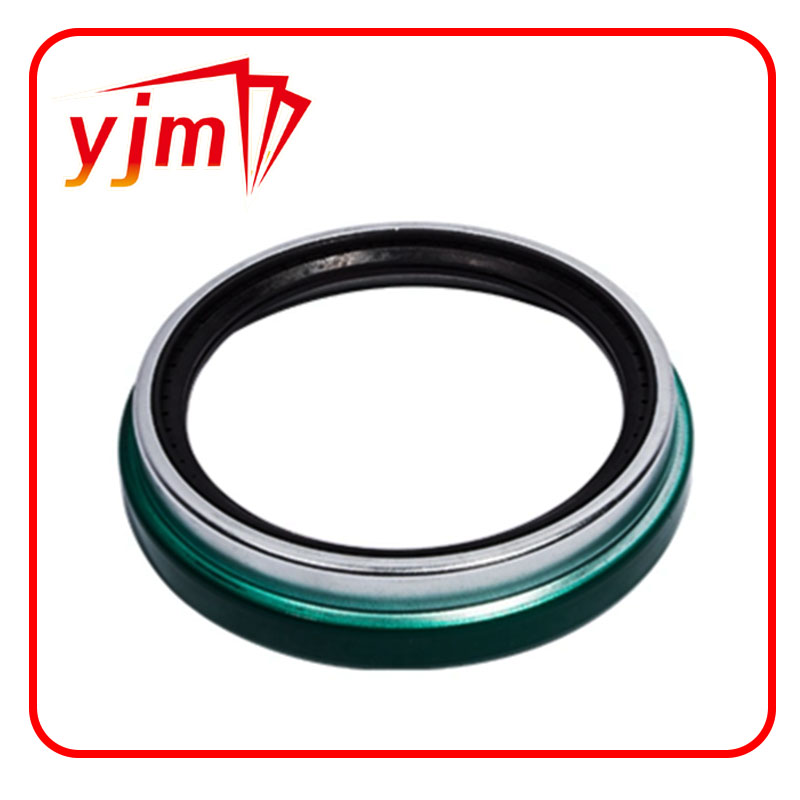Understanding the Importance and Maintenance of Your Engine Drain Plug for Longevity
Understanding the Engine Drain Plug Importance and Maintenance
The engine drain plug is a seemingly small yet crucial component of any vehicle's engine system. Often overlooked during routine maintenance checks, the proper functioning and care of the drain plug can have significant implications for the vehicle's health and longevity. This article will explore the purpose, significance, and maintenance of the engine drain plug, aiming to inform vehicle owners about this vital part.
What is an Engine Drain Plug?
Located at the bottom of the engine oil pan, the engine drain plug serves as the primary outlet for old, used engine oil. By allowing the oil to be drained out completely during maintenance, the drain plug facilitates the replacement of old oil with fresh oil, which is essential for the optimal performance of the engine. Typically made from metal and designed to withstand the high temperatures and pressure levels found in an engine, the drain plug often features a small hex-shaped head that requires a specific tool for removal.
The Importance of the Engine Drain Plug
The drain plug plays several essential roles in the operation of a vehicle's engine
1. Oil Replacement Effective oil changes, which keep the engine lubricated and cool, rely on the drain plug. Without it, draining the old oil would be messy and inefficient, leading to potential contamination of new oil.
2. Prevention of Contaminants A properly sealed drain plug prevents contaminants from entering the oil pan. If the plug is loose or damaged, dirt and debris can seep into the oil, compromising its quality and leading to mechanical failures.
3. Indicator of Problems A leaking drain plug can be an early warning sign of other issues within the engine. Spotting oil leaks early can save vehicle owners from costly repairs stemming from more severe engine damage due to poor lubrication.
engine drain plug

Maintenance of the Engine Drain Plug
Maintaining the engine drain plug is relatively straightforward, yet neglecting it can lead to various issues. Here are some tips to ensure its proper function
1. Regular Checks During routine oil changes, inspect the drain plug for any signs of wear such as cracks, stripping, or corrosion. If any damage is observed, replace the plug immediately to prevent leaks.
2. Proper Torque When reinstalling the drain plug after an oil change, ensure that it is tightened to the manufacturer's specified torque specifications. Over-tightening can strip the threads, while under-tightening may lead to leaks.
3. Use a New Washer It is often recommended to replace the washer (or gasket) that seals the drain plug during oil changes. This ensures a tight seal and minimizes the risk of leaks, as older washers may become brittle or ineffective over time.
4. Monitor Oil Levels Regularly check the engine oil level and look for any signs of leaks beneath the vehicle. If you notice an unusual drop in oil levels or oil spots on the ground, it could indicate an issue with the drain plug or other components.
5. Professional Assistance If you are unfamiliar with vehicle maintenance, consider seeking the help of a professional mechanic when dealing with your engine's drain plug. They can provide an expert assessment and ensure everything functions correctly.
Conclusion
The engine drain plug may be small, but it is pivotal in maintaining the overall condition and performance of your vehicle’s engine. By understanding its purpose and dedicating time to its maintenance, vehicle owners can ensure that their engines operate smoothly and reliably for years to come. Regular inspections, proper torque application, and prompt replacements when necessary can prevent headaches down the road and contribute to the vehicle's long-term reliability. Remember, a little diligence can go a long way in keeping your engine healthy!
-
Understanding Automotive Oil Seals: Essential Components for Engine and Shaft Protection
News Jul.30,2025
-
The Importance of Heavy Duty Seals in Industrial and Residential Applications
News Jul.30,2025
-
Exploring Industrial Oil Seals: From Felt Oil Seals to TTO and CFW Solutions
News Jul.30,2025
-
Essential Guide to Oil Seals: From Radial to Metal-Cased Seals for Industrial Reliability
News Jul.30,2025
-
Choosing the Right Oil Seals and Gaskets for Industrial and Automotive Applications
News Jul.30,2025
-
Cassette Seals: Durable Sealing Solutions for Harsh Environments
News Jul.30,2025
-
Understanding the Front Main Engine Seal: Purpose, Maintenance, and Installation
News Jul.29,2025
Products categories















